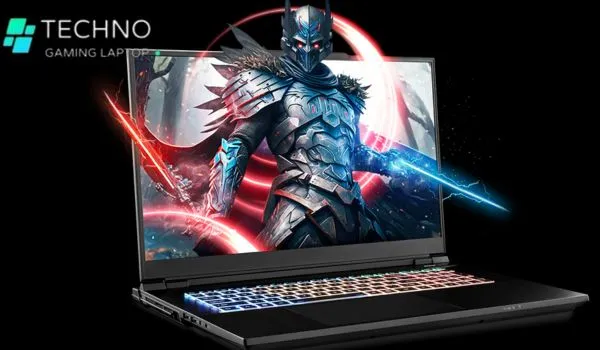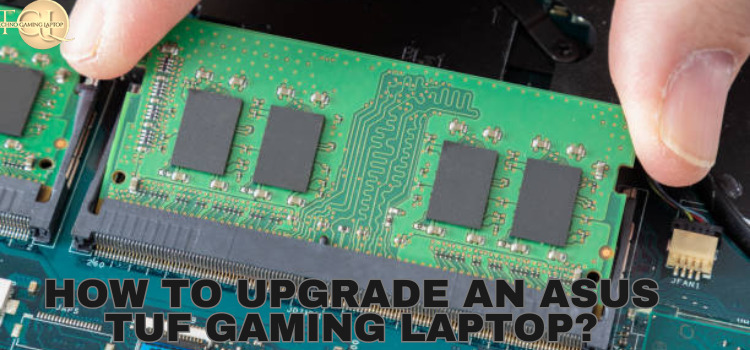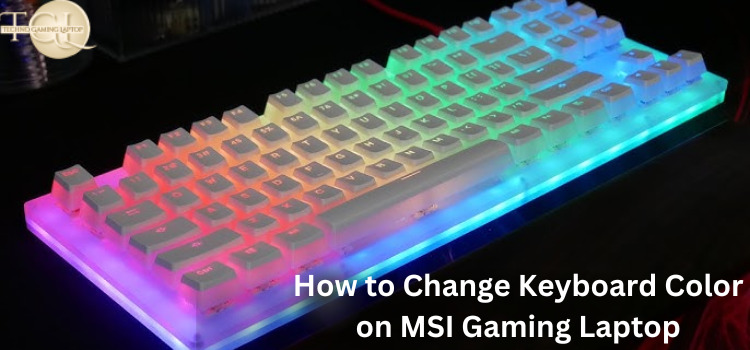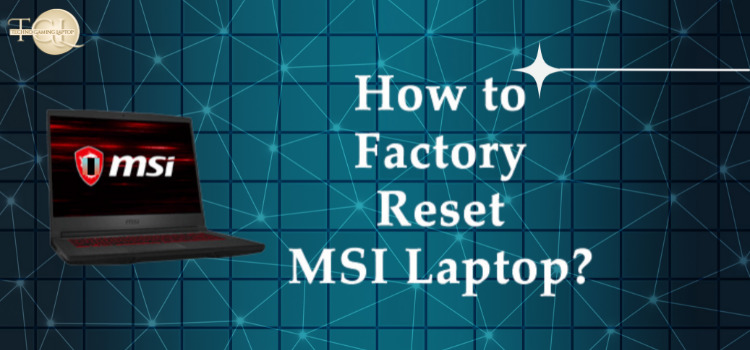Playing games on a laptop isn’t always easy. You want top performance, right? Good news! A few changes and enhancements can boost your gaming fun noticeably.
Update drivers, optimize power settings, close background apps, adjust in-game graphics, ensure ventilation, and consider hardware upgrades like RAM or SSD by using these things you can make games run better on laptop.
Let’s talk about each step for boost laptop performance for gaming. It’s possible to get smooth graphics and quick games with faster refresh rates, and overall high performance. We’ll share hardware and software tricks for better gaming. So, you can get your game to new heights.
How to make games run better on Laptop
Optimization Methods
You don’t always need pricey hardware upgrades to improve your laptop’s game mode capabilities. Often, making adjustments in software can bring a significant change.
Update Drivers
Constantly refreshing your graphic card, audio card, and motherboard drivers can greatly boost your gaming experience. Producers frequently launch software updates to eliminate glitches, upgrade efficiency and introduce new features.
Steps:
- Visit your hardware manufacturer’s website.
- Download the latest drivers for your system.
- Install the drivers and restart your laptop.
Disable Background Apps
Background applications consume resources that could otherwise be used to improve your gaming performance.
Steps:
- Open the Task Manager (Ctrl + Shift + Esc).
- Go to the ‘Startup’ tab.
- Disable applications you do not need running in the background during gaming.
Adjust Power Settings
High-performance power plans can enhance gaming performance at the cost of higher energy consumption.
Steps:
- Go to ‘Control Panel’ > ‘Power Options’.
- Select the ‘High Performance’ plan or create a custom plan that maximizes performance.
Optimize laptop for Gaming Settings
Tweak the game’s graphical settings to match your laptop’s capabilities. Lowering resolution or texture details often increases frame rates and smoothness.
Steps:
- Access the settings menu in your game.
- Gradually lower settings like shadows, textures, and anti-aliasing until a desired performance is achieved.
Clean Up Disk Space
Your laptop can lag due to a filled-up hard drive.
Steps:
- Built-in tools such as Disk Cleanup, or consider using other available applications to remove junk files.
- Uninstall unwanted games and apps.
- Using an HDD defragment your hard drive.
Maximizing Performance with NVIDIA Settings:
Make your NVIDIA graphics card work at its best. Adjust the NVIDIA Control Panel settings to enhance your GPU’s speed. Enjoy the best performance. This includes quicker frame rates and better visuals.
Hardware Upgrades for Improved Gaming Performance
Sometimes just fixing software might not be enough. Here, we suggest some hardware upgrades that could be more impactful.
Upgrade to SSD
Loading times and system responsiveness can improve by upgrading the SSD card.
Steps:
- Choose an SSD that fits your budget and capacity needs.
- Backup your data.
- Replace your laptop’s current HDD with the SSD for upgrade system.
- Reinstall your operating system and restore your data.
Increase RAM Capacity
More RAM upgrade allows your laptop to handle more complex tasks simultaneously.
Steps:
- Check your RAM capacity and compatibility in your laptop .
- Purchase the right type and amount of RAM.
- Install the new RAM sticks into the available slots.
GPU Overclocking Techniques
Overclocking your GPU more can make games smoother, but it might also make things hotter and shorten your hardware’s life.
Steps:
- Use reliable overclocking software suited to your GPU.
- Monitoring temperature and stability and gradually increasing the clock speed.
- Stop overclocking when you reach the temperature limit or start experiencing instability.
Software Optimization
Optimizing your laptop’s software settings can squeeze out additional optimize your gaming pc.
Update Drivers
For optimal gaming, update your graphics card drivers and other software. This way, you’ll get the latest improvements and bug-fixing features for game performance
Adjust Power Settings
Adjust your laptop’s power options. Choose performance over battery duration when gaming. This boosts CPU and GPU activity for uninterrupted gameplay.
Optimize Game Settings
Adjust your video game graphics settings. Find a balance between visual results and overall performance. Change settings like screen resolution, texture quality, and anti-blur based to suit your hardware capabilities.
Cooling Solutions
Overheating can cause performance throttling and system instability, impacting gaming performance.
Clean Cooling System
To ensure optimal gaming performance, regularly clean your laptop’s cooling system. Dust buildup in fans and heatsinks can hinder thermal performance during intense sessions. A consistent cleaning regimen prevents this, allowing your laptop to function at its peak.
Laptop Cooling Pad
Making an investment in a high-quality laptop cooling pad can significantly boost airflow and heat dispersion, diminishing risks associated with the thermal throttling. This prolongs the functional lifespan of laptop and its parts. Cooling pads provide an affordable means of safeguarding your valuable technology asset.
Use Game Mode
Game Mode in Windows is a simple process which is designed to optimize your laptop’s performance mode for gaming.
Enable Game Mode in window 10 and 11
Step 1: Open Settings
Navigate to the Start menu, click on the Settings icon (or press Windows + I), and select ‘Gaming.’
Step 2: Select Game Mode
In the Gaming window, click on ‘Game Mode’ on the left sidebar.
Step 3: Activate Game Mode
To enable Windows Game Mode Toggle the switch to ‘On’. Windows 11 will now prioritize gaming applications in terms of resource allocation.
Optimization Tips for boost laptop performance for gaming
Update Graphics Card Drivers
Keep your GPU running at peak efficiency by regularly checking for driver updates. This is perhaps the most straightforward step and can lead to significant performance improvements.
Selecting GPU Power Settings:
- Enhance gaming performance by configuring power settings tailored to your GPU.
Close Background Applications
Before launching your game, close any applications you won’t be using. This frees up CPU, RAM, and disk usage, ensuring that maximum resources are available for your game. Closing Background Apps to Improve FPS by shutting down unnecessary background applications.
Adjust In-Game Settings
To optimize performance, adjust the graphics settings , and set graphics settings to ‘medium’ can significantly improve frame rates without a substantial visual downgrade.
Use a Cooling Pad
Gaming laptops can get very hot, which might lead to thermal throttling and decreased performance. A cooling pad can help keep temperatures down, ensuring smooth gameplay.
Run Regular System Maintenance
A well-maintained system performs better. Use system maintenance tasks or applications to optimize your PC for gaming by cleaning unnecessary files. Combine built-in and third-party tools to delete junk and improve laptop speed.
Settings for Graphics Optimization:
Adjust texture settings to achieve an optimal balance of visuals and performance. One can refine graphical quality while sustaining smooth frame rates, ensuring an immersive gaming experience without compromising speed.
Gaming While Plugged In:
- Ensure uninterrupted gaming sessions by keeping your laptop connected to the charger.
Choosing the Right Surface for Gaming:
- Optimize airflow and prevent overheating by selecting an appropriate surface for gaming.
Optimizing Power Settings:
- For the right balance between performance and battery do fine-tune power settings in gaming desktop.
Boosting Laptop Fan Speed to Prevent Overheating:
Increasing the speed of your laptop’s cooling fans can Prevent thermal throttling
Checking Network Speed for Online Gaming:
- Ensure smooth online gaming experiences by optimizing your network speed and internet connection.
Disabling Vsync for Enhanced Gameplay:
- Improve responsiveness and eliminate input lag by turning off Vsync in games.
Conclusion
Optimizing your laptop for gaming involves a combination of decluttering your system, tuning your settings, updating drivers, and considering purposeful hardware upgrades. While these steps can enhance your gaming experience, it’s equally critical to avoid common mistakes such as neglecting software optimization before hardware interventions.
Regular maintenance of your laptop, coupled with thoughtful optimizations, will ensure not just a boost performance in pc gaming with the longevity of your machine. Remember, balancing performance, stability, and hardware health is key to an ideal gaming setup. Game on!
Frequently Ask Question
Can you boost FPS on a laptop?
Yes, boosting FPS on a laptop involves some key steps. First, adjust graphics settings to lower resolutions. Also, update drivers to the latest versions. In addition, close unneeded background apps that drain resources. Finally, optimize power settings for maximum performance when gaming.
How often should I clean my laptop’s cooling system?
Every 3-6 months It’s advised to clean your laptop cooling system . Frequency depends on use and environment. Regular upkeep prevents overheating. It also maintains peak performance.
how to optimize laptop for gaming?
Optimize a laptop for gaming you should Update drivers, adjust power settings, close background apps, optimize in-game graphics, ensure ventilation, and consider hardware upgrades like RAM or SSD.
Read More:





